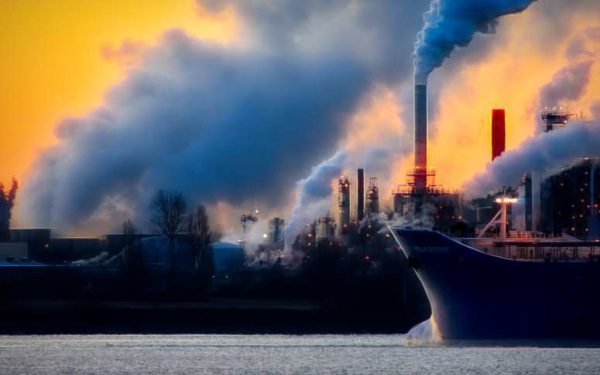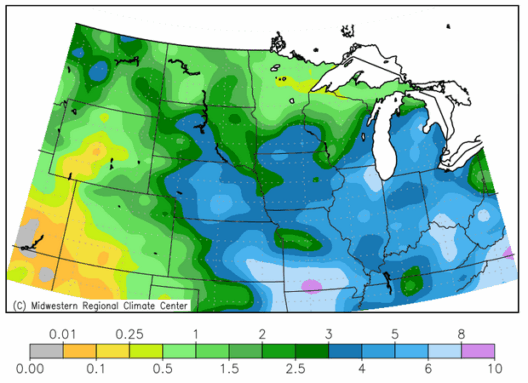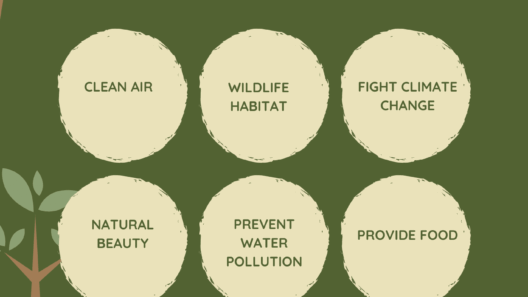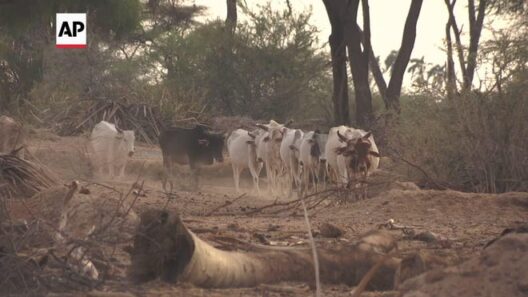Global warming is a pressing issue of our time, one that poses a significant threat to the stability of human societies and ecosystems. As our planet’s average surface temperature rises, the potential consequences of such an increase, particularly a rise of +5°C, necessitate urgent contemplation. The scientific community warns that this level of warming could lead to catastrophic outcomes, fueling countless debates among experts and activists alike.
To understand the ramifications of a +5°C increase, it is essential first to acknowledge where current temperatures stand. Since the pre-industrial era, the Earth has already warmed by approximately 1.2°C. This seemingly modest rise is already manifesting in severe environmental changes, including more frequent and intense heatwaves, droughts, and alterations to precipitation patterns. A 5°C increase, however, is radically different and would signify an untenable shift in the Earth’s climate system.
A +5°C rise in average global temperatures would likely precipitate dramatic transformations across the globe. Firstly, ecosystems would face unprecedented stress. Coral reefs, which harbor around 25% of marine biodiversity, may entirely perish. Tropical rainforests could diminish, potentially leading to widespread species extinctions. Methane hydrate sources in the Arctic could release substantial amounts of methane, exacerbating the greenhouse effect. The cascading effects on biodiversity would threaten the very fabric of ecosystems, altering food webs and leading to potential collapse.
Furthermore, the human consequences of such climatic upheaval would be dire. Urban landscapes would become increasingly inhospitable. Heatwaves could become the normal climate, jeopardizing public health. Vulnerable populations, including the elderly and those with pre-existing health conditions, would particularly suffer. The increased prevalence of vector-borne diseases, such as malaria and dengue fever, would also emerge, putting additional strain on public health systems around the world.
Food security represents another significant concern. Agricultural systems in many regions are finely attuned to current climatic conditions. A rise in temperature can reduce crop yields and compromise food production. Studies suggest that key staples such as wheat, rice, and maize may see a reduction in productivity, which would directly threaten food availability and increase prices. Regions heavily reliant on agriculture, particularly in the Global South, would bear the brunt of these shifts, potentially leading to sociopolitical instability and mass migrations.
Water scarcity is yet another critical facet of global warming. Increased temperatures can exacerbate drought conditions, leading to diminished freshwater resources. Glaciers and snowpack, crucial for many river systems, will continue to recede, threatening water supply in regions that depend on glacial meltwater. The competition for dwindling water resources could escalate tensions between nations and communities, further destabilizing societies already facing the impacts of climate change.
Infrastructurally, cities designed for current climatic norms may find themselves woefully unprepared for the kind of extreme weather events that a +5°C rise could exacerbate. Coastal areas would see heightened risks from rising sea levels, with low-lying regions at high risk of inundation. Cities like New York, Miami, and Dhaka could witness significant portions of their urban landscapes submerged, resulting in massive displacement and loss of property. Disaster response and recovery resources would be stretched thin under the strain of recurrent catastrophic events.
Addressing the climate crisis demands a multifaceted approach, as the consequences of global warming are far-reaching and interconnected. Mitigation efforts must include robust reductions in carbon emissions, which necessitate a transition to renewable energy sources, transportation alternatives, and sustainable agricultural practices. Global coal dependency must gradually decline, with policies promoting the adoption of wind, solar, and hydroelectric power gaining traction. Such transitions must be pursued urgently, as time is of the essence in curbing the worst impacts of climate change.
Adaptation strategies will also become increasingly critical. Communities must prepare for the inevitable changes that are already underway. Investments in climate-resilient infrastructure can help safeguard vulnerable populations from the worst effects of rising temperatures and extreme weather events. Water conservation techniques, innovative crop management strategies, and urban planning that anticipates climate impacts will be essential components of future-proofing societies against climate forecasts.
Moreover, public education plays a vital role in fostering awareness and engagement surrounding climate change. An informed populace is better equipped to champion climate initiatives at local and global levels. Grassroots movements have consistently proven powerful in advocating for the changes necessary to address this urgent crisis. By fostering a culture of sustainability and awareness, society may galvanize collective action as the world grapples with the immense implications of climate change.
The potential of a +5°C increase in global temperatures serves as a stark warning. It embodies a future of heightened risk and instability that humanity must strive to avert through immediate and transformative action. If left unchecked, the trajectory could culminate in a civilization unrecognizable from the one we know today. Addressing the climate crisis is not merely an environmental imperative; it is a call for safeguarding our future.
Ultimately, navigating the complexities of global warming demands collaboration across sectors and borders. The challenge is monumental, yet the trajectory of humanity hinges on the actions we take today. We must join forces to explore solutions to some of the most pressing issues of our time, working hand in hand to ensure that a +5°C future remains a distant and avoided possibility.








